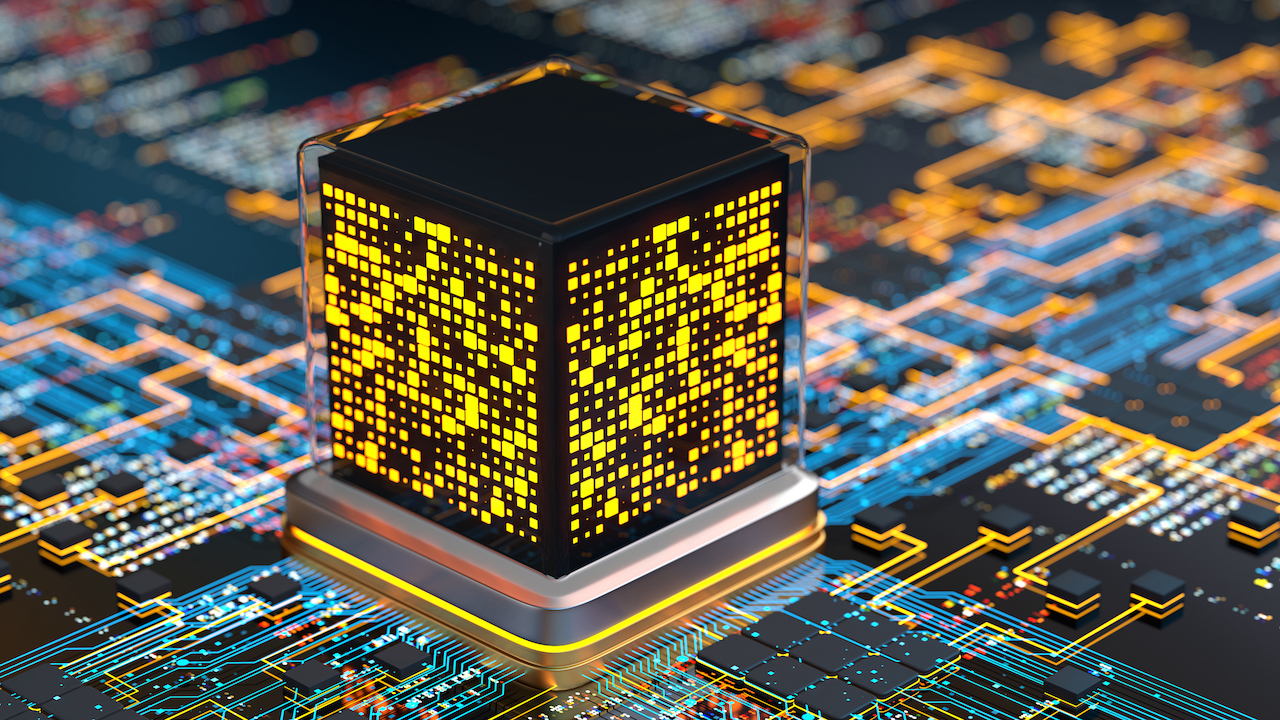
Important Upcoming Technologies That Can Change The World
Every year, technology progresses at a dizzying rate, bringing new ideas and ground-breaking efforts to the forefront. Scientists, engineers, and some highly bright brains are working on the next chunk of upcoming technologies that will transform our life at any given time. Although scientific development may be stable, we have had a time of tremendous technological advancement in the previous half-century.
Emerging technologies are adding to the list on a mass scale. People can use artificial intelligence(AI), augmented reality, algorithms, and machine-to-machine interactions to assist them with various jobs. There are advancements taking place right now that look like they sprang straight out of a science-fiction novel. In the domain of upcoming technologies, there is a lot to look forward to, whether it’s robots that can read minds, Blockchain, quantum computing, or a variety of other mind-blowing innovations. These technologies may be used in various ways and have the potential to change existing businesses and personal lives. Technology is evolving rapidly, which has a significant influence on the industry.
Here’s a rundown of some very impactful and intriguing concepts.
-
Quantum Computing

Quantum computing is a cutting-edge technology that uses quantum physics to address problems conventional computers can’t handle. It’s characterized as using the collective properties of quantum states, such as superposition and entanglement, to perform computing.
Quantum computers, rather than processing merely 1s or 0s, can handle exponentially more data, allowing them to do more complicated computations exponentially. They make qubits by leveraging an item’s quantum state, which is the undefined attributes of an object before they are found, such as the spin of an electron or the polarization of a photon. Big data might become more manageable if this innovation is adopted. Through quick simulations, it might save costly and difficult development time and solve multivariable optimization issues with ease. Finally, it has the potential to make problems that are now intractable, such as natural language processing, manageable.
While we shouldn’t anticipate a quantum computer anytime soon, quantum computers will undoubtedly form the backbone of coming technology. Organizations should begin to acquaint themselves with quantum algorithms and source the expertise required to construct them as soon as possible. The technology will take a decade or two to mature, but businesses should get an early edge.
-
Extended Reality
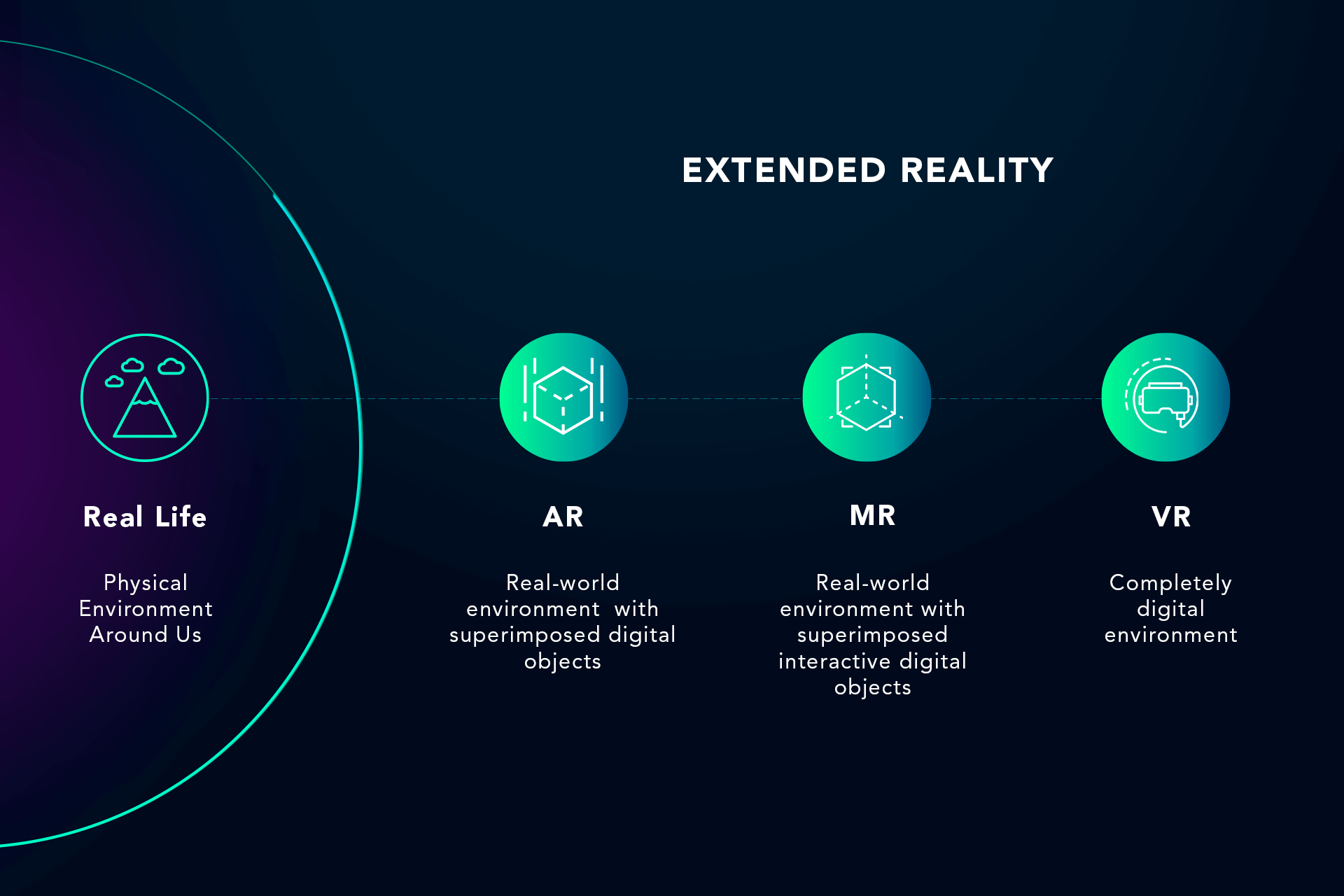
Extended reality (XR), which encompasses augmented reality (AR), virtual reality (VR), and mixed reality (MR), is a collection of cognitive technologies that can blend the physical and virtual worlds. Virtual reality is here to help students in the future!
Virtual reality’s day may have finally arrived, with hardware costs falling, computing power rising, and high-profile firms like Google and Facebook entering the game. And, if augmented reality apps become more widely accepted on smartphones, such technology may become simpler to market in the future. Virtual reality (XR) technology may improve practically every industry by streamlining operations, improving training, and allowing workers to communicate in a virtual environment.
XR has much potential in the entertainment industry, as well as in our daily lives, where, like our phones, XR gadgets may be persistent, delivering information about the environment around us all the time. AR and MR are being used to augment the user’s real life, while VR mimics settings for users to practise soft skills and job-skill approaches. XR, which frequently incorporates AI into its applications, allows workers to perform even the most dangerous activities in a safe and realistic environment.
-
Blockchain

Blockchain is defined as a peer-to-peer network of nodes that preserves public transactional records, also known as blocks, in multiple databases, which is referred to as the “chain.” A ‘digital ledger’ is another term for this form of storage.
Unlike traditional, centralized recordkeeping, a blockchain is decentralized. Every transaction in this ledger is verified and protected by the owner’s digital signature, which verifies and prohibits tampering with the transaction. As a result, the data in the digital ledger is incredibly safe. The permanent record is distributed across the system and is not stored in a single location. This architecture makes it more difficult to misplace or tamper with documents. The exciting aspect is that everyone can access the data, but they cannot alter it.
Blockchain systems are almost unaffected by censorship or confiscation. This implies that a third party cannot wipe your data by accident, and you cannot hack a third party to gain access to your data. It has piqued the interest of businesses that need to keep records. Hospitals may be able to store and transmit health records using this technology. It might serve as the foundation for a safe online voting system and keep track of logistics in global supply networks. There are a plethora of cybersecurity applications.
-
Biometrics
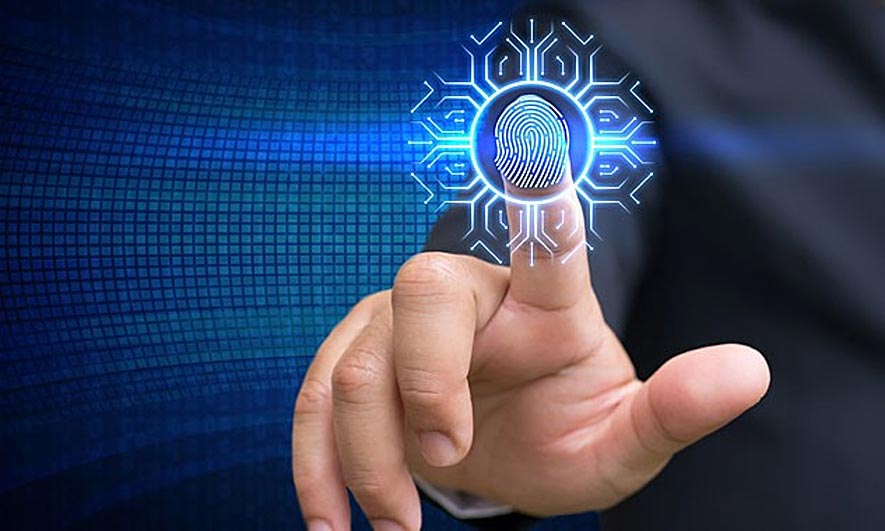
Biometrics is the mechanism of a system to recognize people based on biological identifiers like their face, voice, or fingerprint. Fingerprint recognition is one of the earliest and most well-known biometric technology that has been lumped together under the umbrella of digital forensics. Many individuals currently have one or more of these on their laptops and smartphones, but as technology advances and becomes more widespread, the password paradigm may phase away.
Traditional passwords have long been a point of vulnerability for security systems, and modern cybersecurity is focused on lowering the dangers associated with this robust security solution. Biometrics tries to address this problem by tying proof of identity to our bodies and behaviour patterns. As a result, Biometrics promises to provide much-needed data security. With raw computational power, a fingerprint is significantly more challenging to crack than a password, and the intricacy increases by orders of magnitude when numerous markers are employed in unison.
Here are some typical biometric security examples: Heart-Rate Sensors, Voice Recognition, Fingerprint Scanning, Facial Recognition, Iris Recognition.
-
The Hyperconnected Networks: 5G and Internet of things (IoT)
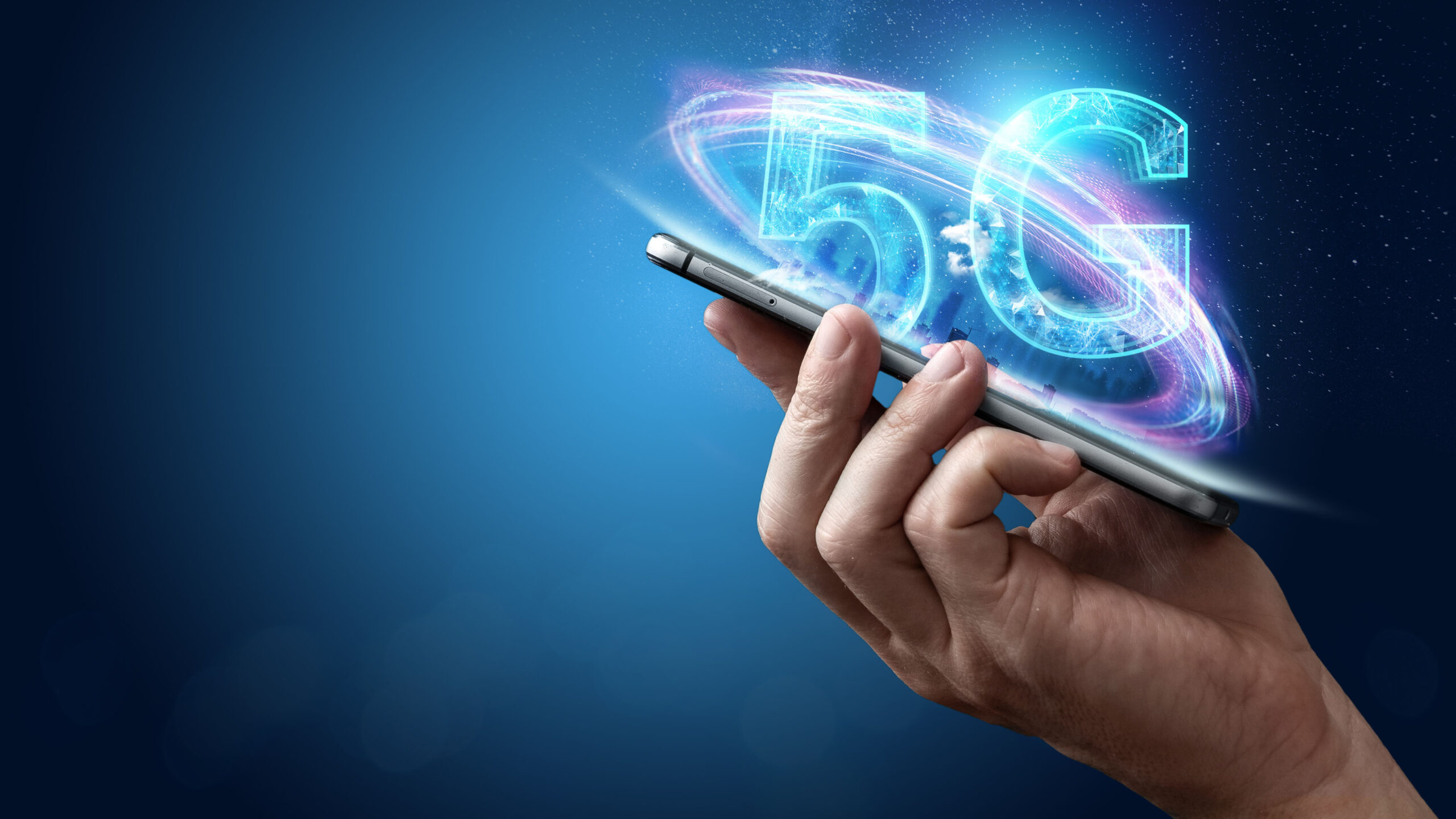
Hyperconnected networks rely on network and IoT infrastructure to rapidly analyze data to connect a massive number of people, objects, and systems intelligently. These technologies enable seamless interactions between people and autonomous systems by further pushing connection and processing speeds. 5G is the next generation of smartphones, which has the potential to be a hundred times faster than 4G, allowing many more devices to connect, lowering latency to almost nil, and giving more dependable signals.
Billions of IoT-connected endpoints, combined with the cloud, 5G and mesh networking, can build robust, high-speed, low-latency networks that act as the backbones of larger-scale infrastructure, making connectivity omnipresent. Without touching the cloud, localized IoT device-to-device connectivity may create AI-driven insights and solutions when and where they are needed. Smart cities, robot-driven agribusiness, and self-driving highway systems use the Internet of Things as a foundational technology. Without touching the cloud, localized IoT device-to-device connectivity may create AI-driven insights and solutions when and where they are needed.
Real-time data transmission of, for example, live events or desktop images would be smooth under the 5G paradigm. Data will be transferred to the network through 5G satellites, a low-power wide-area network (LPWAN) and other communication protocols. Business prospects that were previously thought to be many years away will be enabled by localized, efficient computing mixed with continuous intelligence.
-
3D Printing’s Ascension
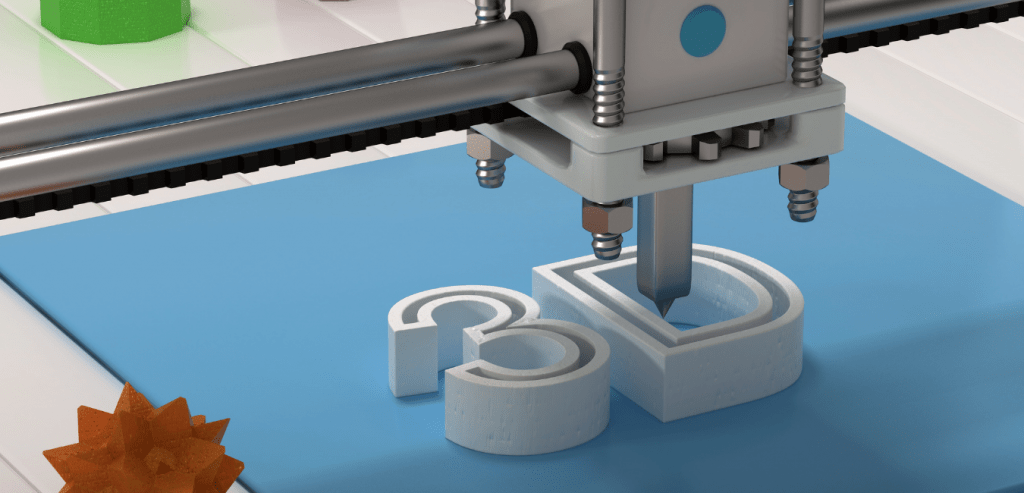
The sophistication of technological advances in the medical industry will be a much-anticipated tech trend in today’s period. As several colleges develop their study into 3D printing of bionic body parts, 3D printing will open a new market for improved prostheses.
These days, 3D printing materials may be almost anything: plastic, metal, powder, liquid, concrete, and even chocolate. It is now possible for houses to be 3D printed in their entirety. In brief, 3D printing allows producers to make things that are difficult to construct using traditional methods, simplify the production process, and create highly individualized products (including one-of-a-kind items), all while lowering waste and expenses.
-
Artificial intelligence (AI) – In Immersive Interfaces
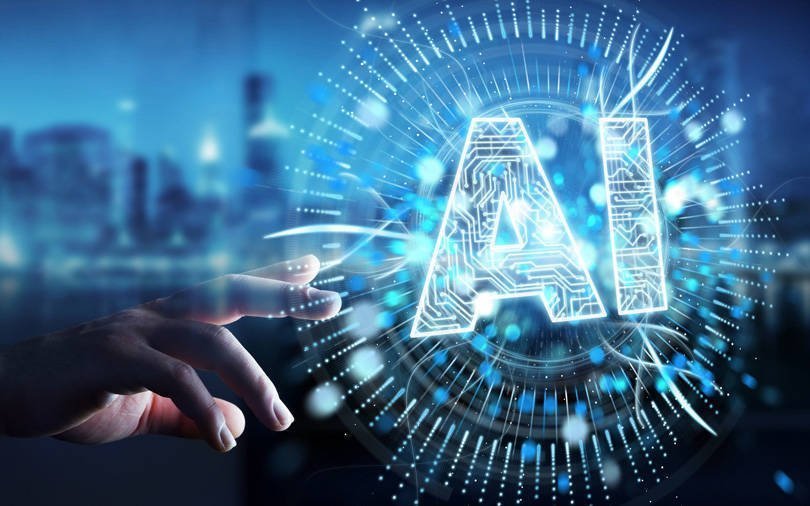
Multifunctional AI, a self-aware system that commands intelligence equivalent to a human, is the holy grail of artificial intelligence development. After voice interfaces, immersive interfaces are the next milestone. Immersive interfaces make it easier for people, computers, and digital surroundings to communicate more naturally and fluidly. These upcoming technologies leverage human characteristics like touch and emotion to bring people closer to the digital world.
Immersive interfaces, which can perceive and react to emotions, full-body movements, brain waves, and behaviours, and standard interfaces like speech and text, can acquire and process enormous volumes of data locally using onboard AI. Immersive interfaces will be able to deliver insights and supplement workflows by combining this data with contextual data about people and circumstances, allowing users to engage with the physical-digital environment naturally. Self-driving vehicles, logistics, chatbots, virtual nursing assistants, tailored textbooks and instructors, and even artificial creativity are just a few applications that narrow AI can potentially enhance or bring to light in the following years.
People must be able to engage with technology in a natural, dynamic manner to work more efficiently and creatively. Immersive interfaces can help with this since they provide new methods to use technology to have a more considerable effect.
-
Robotics – The Operational Automation
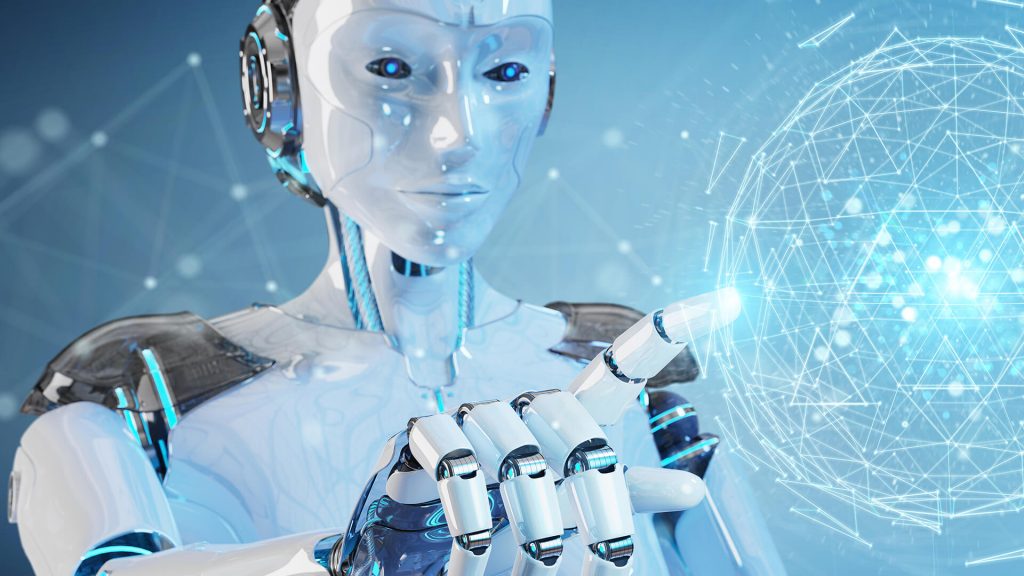
Automation entails converting manual processes to digital ones through the integration of automation, robots, and intelligent systems. Intelligent automation allows computers to learn from previous judgments and data trends to make smart decisions independently, allowing humans to focus on more essential tasks.
For analytics and feedback, autonomous systems collect vast volumes of previously unavailable data from IoT sensors, transaction histories, machine data, human input, and many other sources, resulting in more significant predictive maintenance and intelligence. Robotics and other autonomous systems are being created, incorporated, and retrofitted into numerous value chains. Intelligent automation systems and AI-enabled robots automate everything from backend data processing to ridesharing.
Robotics will empower businesses to assist and increase the productivity of their employees by automating operations holistically, offering access to previously unavailable data, and generating critical insights for better decision-making.
-
Serverless Computing
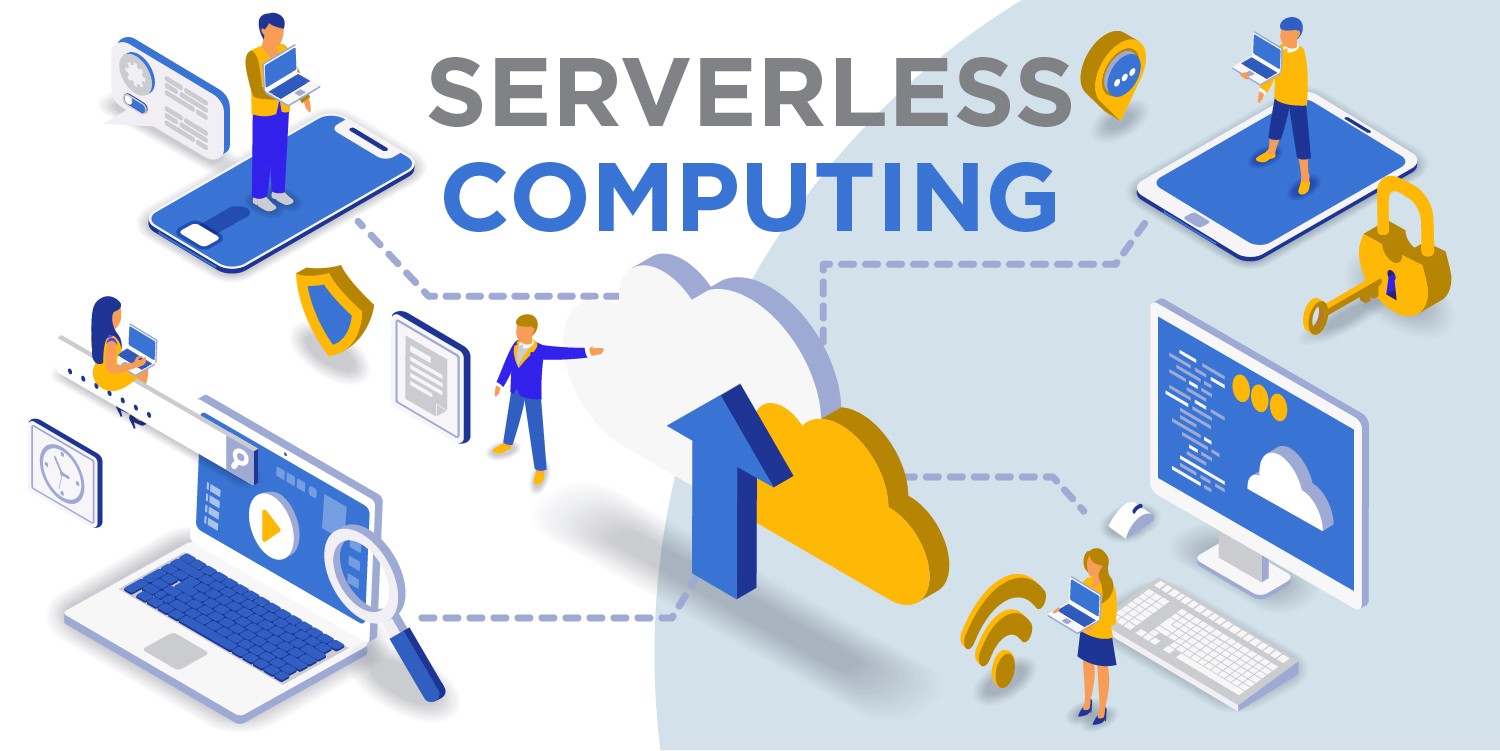
The term “serverless computing” is a misnomer. It’s hard to supply computing resources without a physical server unless you’re willing to engage in some genuinely evil arts. Instead, this system more effectively distributes those resources. When an application is not in use, no resources are allocated to it. As needed, the computer’s processing power develops automatically.
One of the advantages of this design is that the cloud provider only charges you when a service is used. You don’t have to pay for unused capacity—or even consider it. In essence, the runtime stays inactive until an event occurs, at which point the relevant function is switched into the runtime and executed. As a result, you may design an extensive, complicated application without paying any expenses until it is completed.
This technical revolution eliminates the need for organizations to worry about infrastructure or bandwidth reservations, resulting in the golden ticket of ease of use and cost savings.
Future Repercussions of Upcoming Technologies
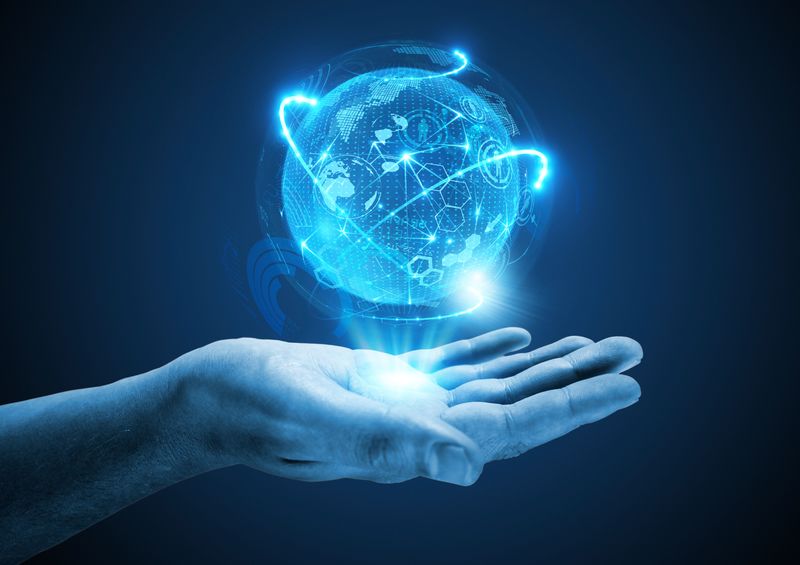
Technology’s advancement and use have aided civilizations in increasing productivity, expanding service accessibility, and improving general well-being. Let’s see where these mentioned technologies impact the futuristic world.
- Companies may increase the security of their linked systems and devices and their production facilities and equipment by utilizing an automated trust (Blockchain, IoT, and AI).
When utilities need extra personnel to respond to a crisis, they may quickly use these automated trusts to confirm several contractors.
- Collaborative VR environments allow users to engage even when separated by distance. PwC collaborated with several clients and organized events in collaborative VR, such as the Emerging Tech Exchange. Design teams may explore, test, and evaluate many concepts without investing in actual prototypes. This can assist businesses in bringing higher-quality items to market more quickly.
- Museums can employ immersive interface technology to teach visitors about artwork through interactive representations. Touch interfaces, also known as haptics, are used in healthcare, engineering, and automotive to allow users to interact with computer interfaces via gesture controls. Haptic gloves, for example, might be utilized to move and control items for medical instruction using a VR headset.
- Conversational AI will assist businesses in automating tasks and deciphering data. In the transportation business, autonomous vehicles are used when humans would be risky to drive. Industrial enterprises swiftly inspect areas by utilizing drone-based data gathering and powered edge computing to build 3D models onsite. Machine-to-machine interactions on a vast scale are enabled by hyperconnected networks, allowing them to monitor their performance, optimize their operations, and buy parts before they break down.
Wrapping up
Since the beginning of civilization, technology has had a massive, almost inconceivable influence on human life. While assessing the whole scope of technology’s impact on human culture is practically impossible, it has inevitably made life easier, more entertaining, and more convenient. The important message from these trends is that we’re on the verge of a period of constant and rapid growth. Several technological trends mix and feed into one another to produce massive changes.
This implies that gradual upcoming technologies improvements are no longer an option for organizations. The future will be defined by constant change. New technology trends, such as unfathomable innovation and complex interconnection, will highlight the social duty of businesses to respect the ethical boundaries of consumer data breaches in the following years. Humans are constantly looking for new and better methods to improve their lives. As a result, we anticipate even more technological breakthroughs in the future that will make our lives simpler.

Comments